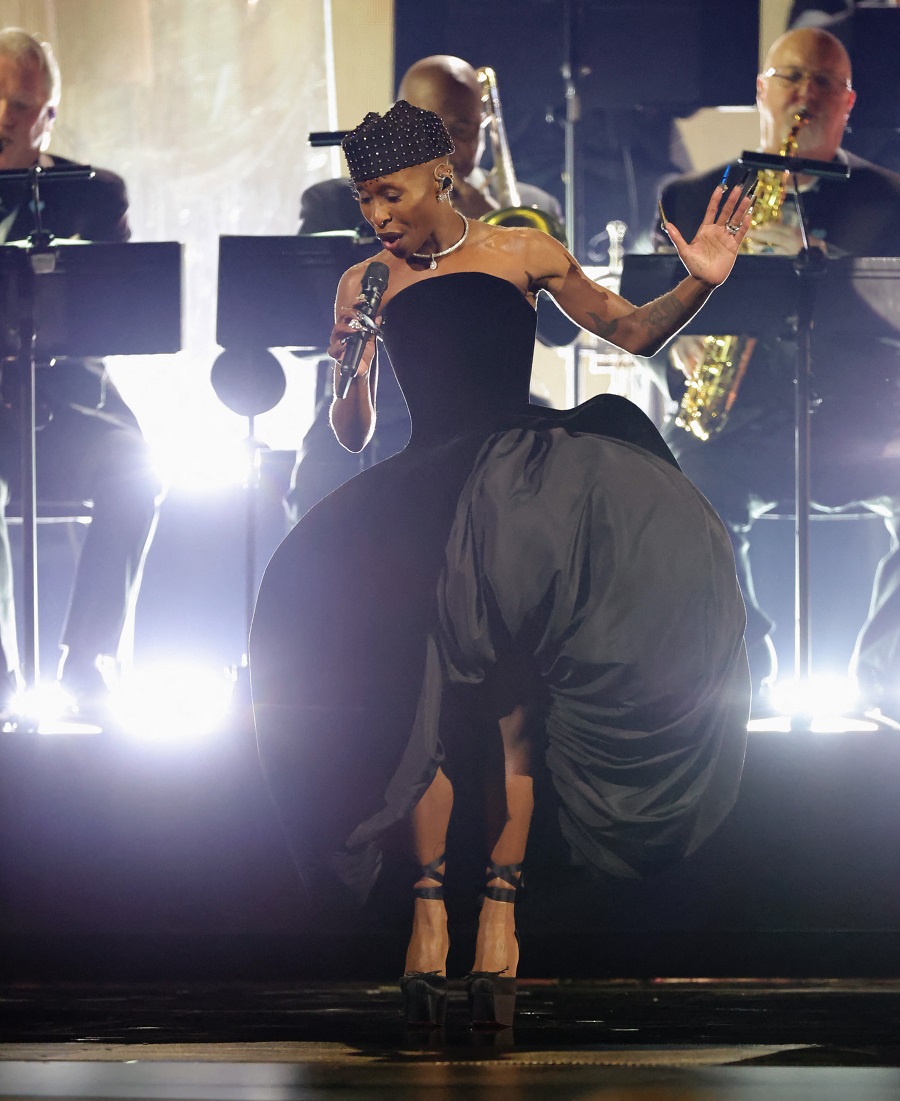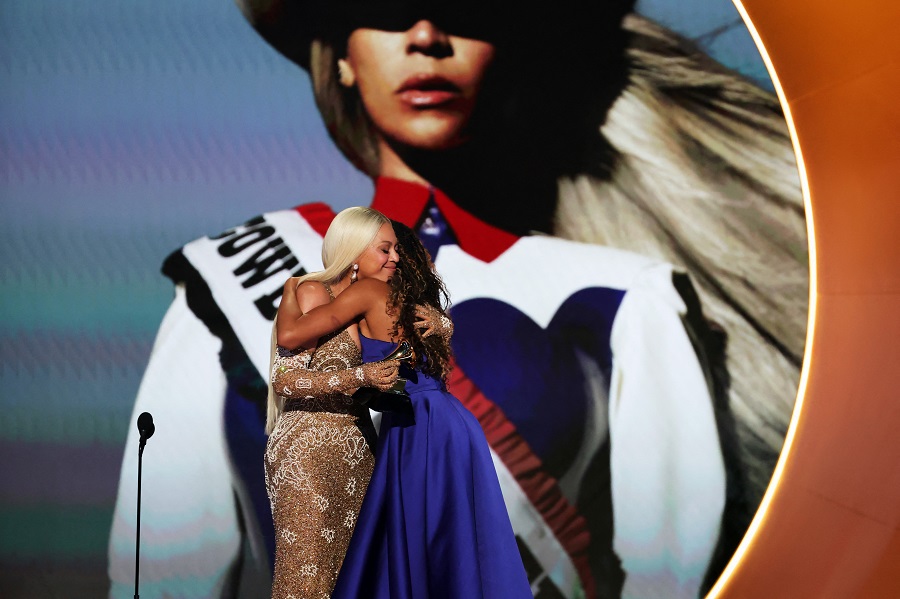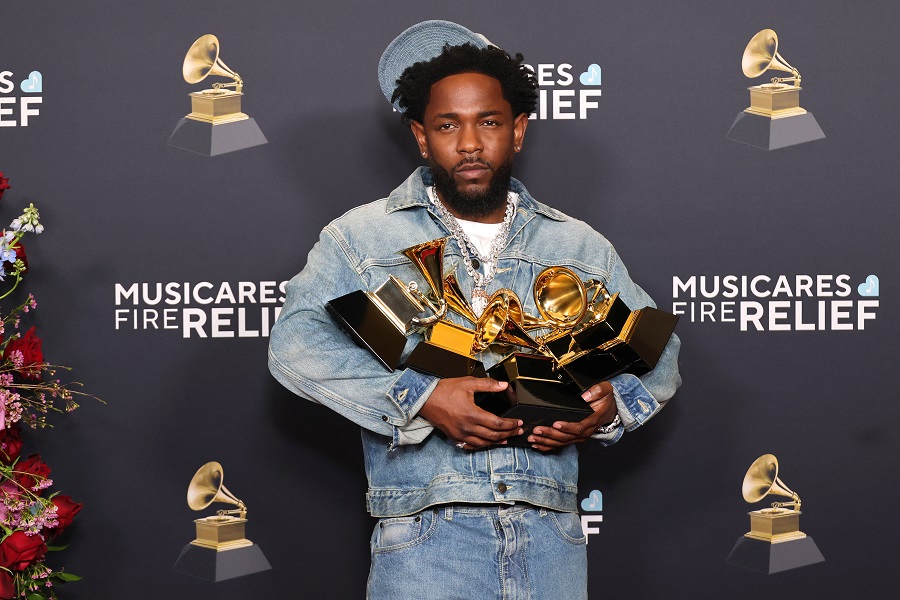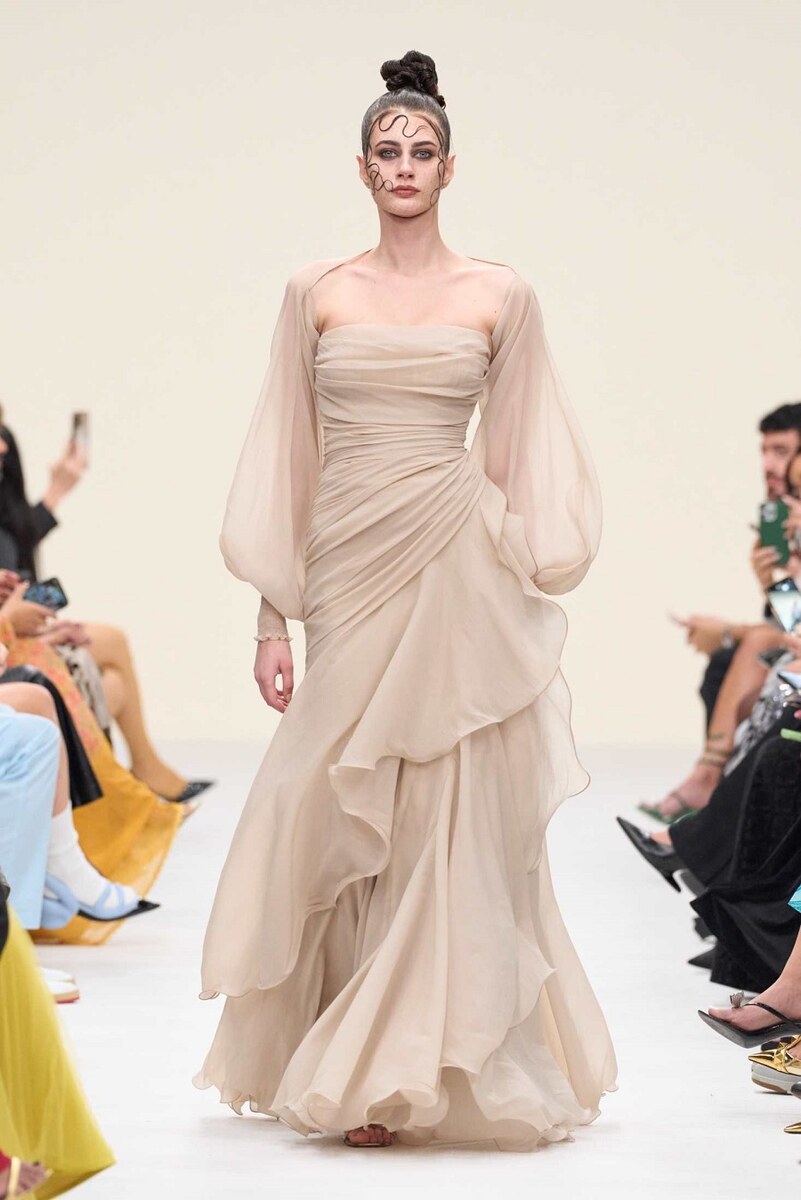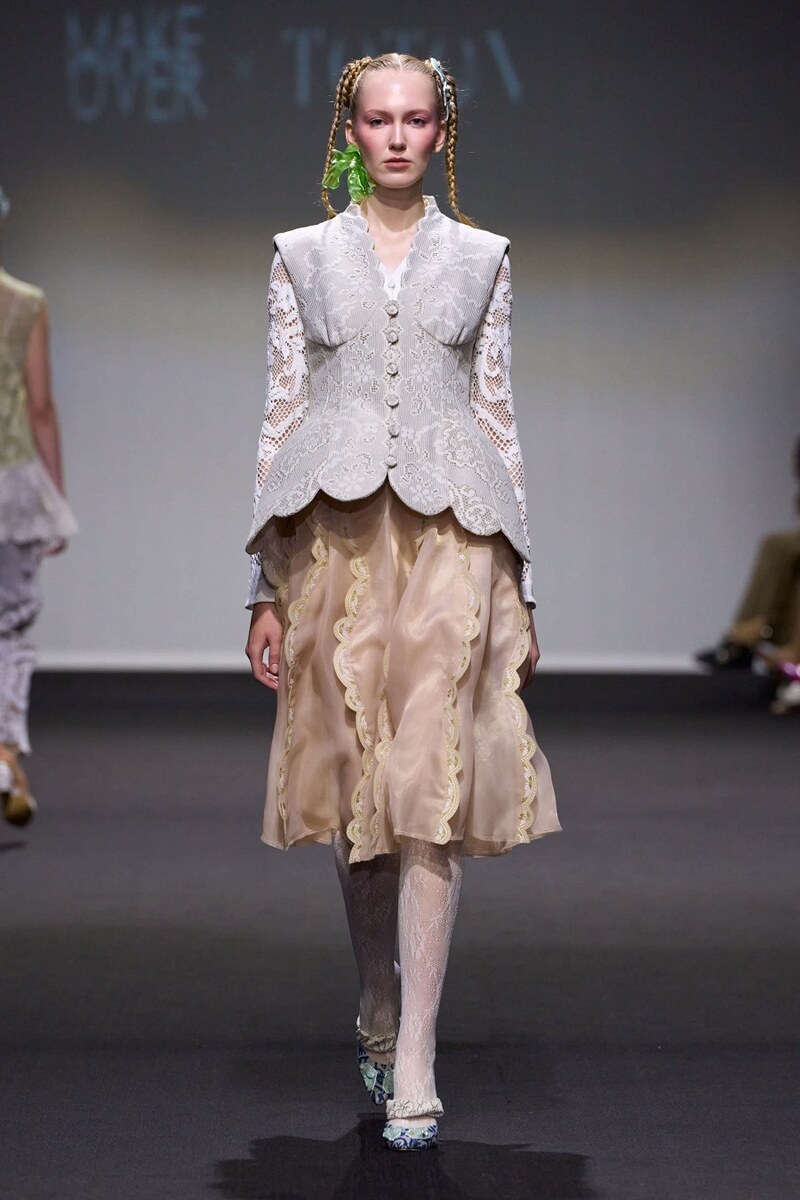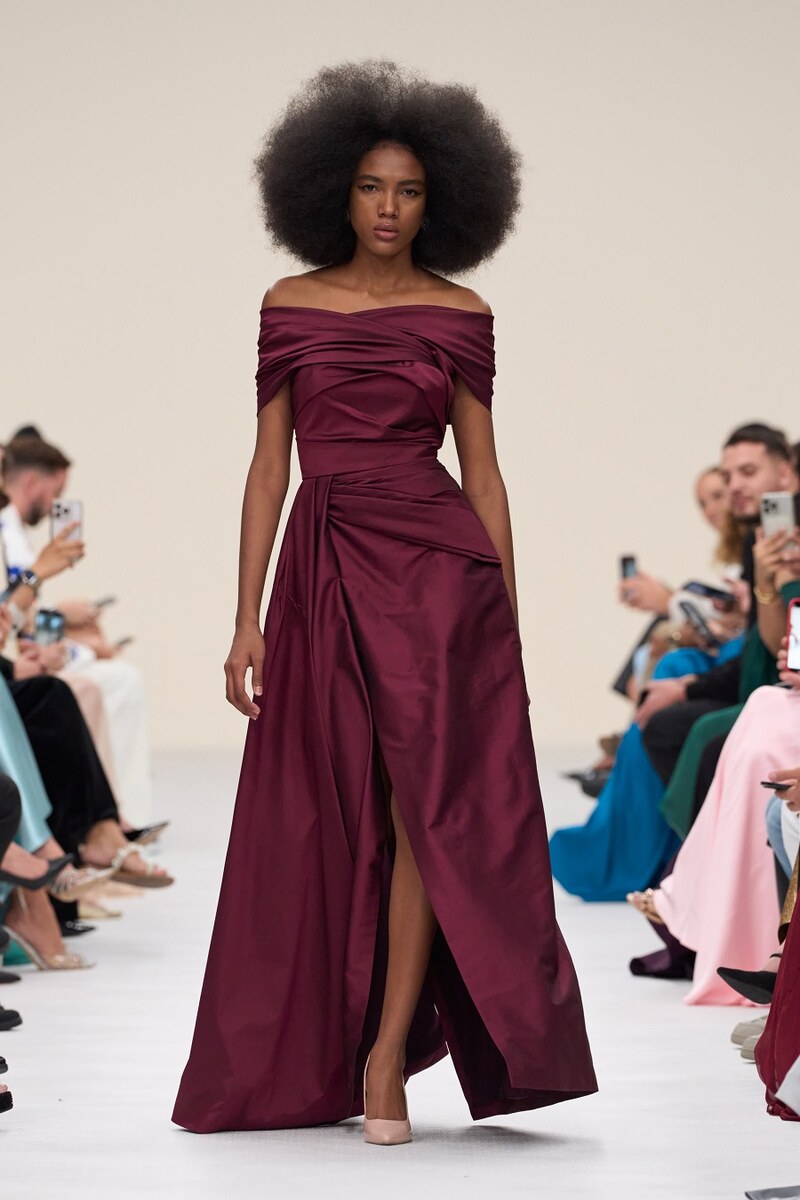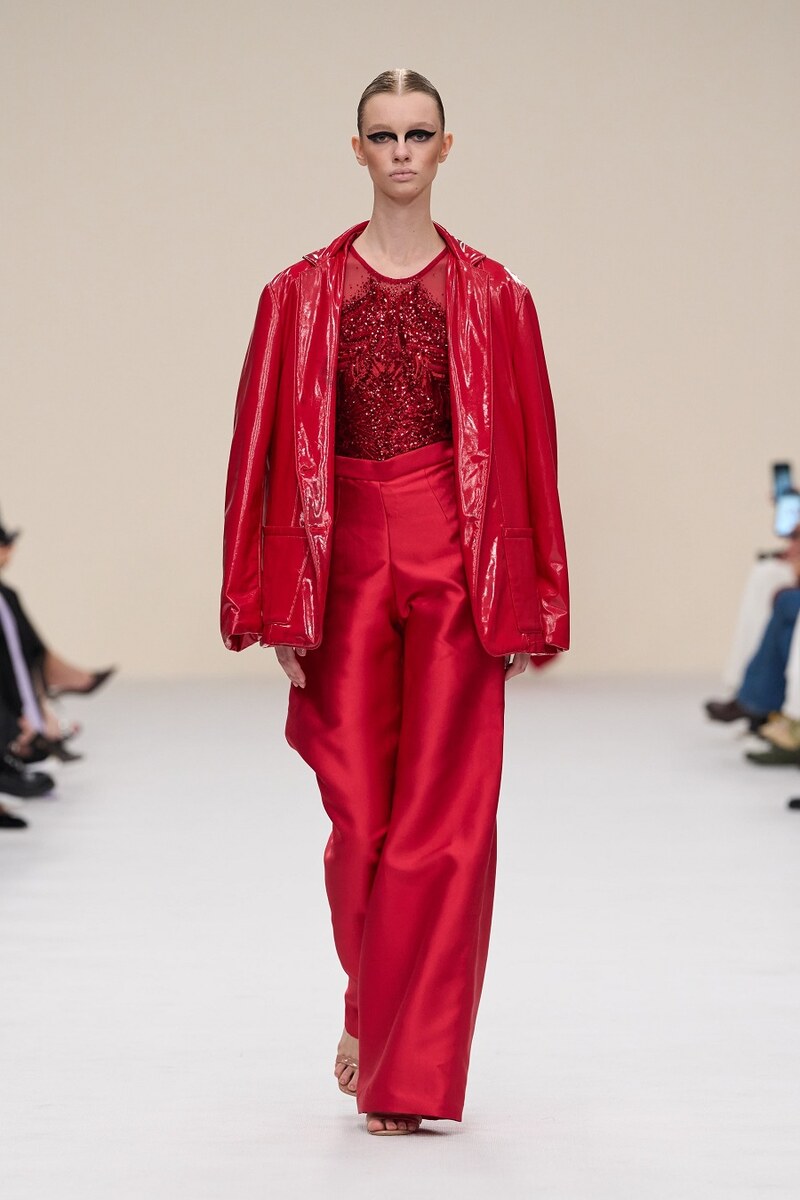DUBAI: Iraqi-born British former politician Nadhim Zahawi took the stage on Friday for a conversation moderated by Faisal J. Abbas, editor-in-chief of Arab News, during the 17th Emirates Airline Festival of Literature at the InterContinental Dubai Festival City.
The talk, “Nadhim Zahawi: The Boy From Baghdad,” shared its name with his book, in which Zahawi reflected on his journey from Baghdad to Britain, his career in business and politics, and the challenges of identity and belonging.
Zahawi, who is a chemical engineer by background, recounted to the audience how he fled Iraq for the UK at the age of 11, after his family was forced to escape their home under threat from Saddam Hussein’s regime.
He said: “At that age, you remember quite vividly, especially traumatic events … I really remember, one Sunday lunch at my aunt’s home, whose husband broke the news to my father that they’re going to come and get him tomorrow morning. Literally all he had was hours to get out of the country.”
“He packed a small bag, he wrote on the wall in our home: ‘My name is Hareth Al-Zahawi’ and a verse from the Qur’an, and that one day he will come back and see his home,” he recalled.
“We went to the airport with him; myself, my older sister and my mother. I remember vividly, the Baghdad International Airport … had a viewing platform, where in the late ’70s you would see the aircraft. There weren’t these sophisticated arms that come out. You had to walk to the plane and they put the steps up. We watched him go up the steps and we had to sort of pretend to say goodbye as if he was going on holiday because you don’t know who is watching you at the airport.”
Just before the flight took off, Zahawi recalled, an army truck sped up to the plane, and he and his family feared that his father would be taken off the flight and arrested. However, the soldiers escorted someone else instead. Zahawi later learned from his father that the person removed was seated directly in front of him.
Zahawi’s father fled to the UK first, and a few months later, Zahawi, his mother and sister joined him there, seeking refuge. He shared how these formative experiences shaped his perspective and ambitions.
He then spoke about how refugees are not necessarily a burden on society and why he refuses to call himself a political refugee.
“I sometimes feel uncomfortable when I am introduced as a refugee to the United Kingdom. What I try to say is that we are actually first-generation immigrants to the UK,” he said.
He added that this label makes him feel like an “imposter” because most people’s vision or stereotype of a refugee is someone who may have come from a less privileged background than he did.
Transitioning to his professional journey, Zahawi discussed his ventures in international business. He also provided insights into his political career, shedding light on the policies and individuals that have significantly impacted the UK’s landscape.
Zahawi said that he got into politics by accident, as he had almost no political interest growing up. “I wanted to become a show jumper,” he said, recalling how he once tried to convince his father to invest in a riding school. His father dismissed the idea, telling him, “Well, you go into university, make your own money, and then you can go to a riding school.”
It was not until his first week at University College London that an unexpected encounter shifted his perspective. At the Freshers’ Fair, he was confronted by a Socialist Workers Party member handing out magazines. “I promise you that all I did was politely say, ‘No, thank you’ — not because I didn’t respect socialism, but because I wasn’t interested in politics … He was so aggressive, saying, ‘People of your color, you should be ashamed of yourself.’”
Instead of reacting with anger, Zahawi decided to explore his viewpoint.
“I remember in 1979 or 1980, my mother saying to me: ‘Son, a grocer’s daughter has just become prime minister. You can do anything in this country.’ And she was right,” he added.
Throughout the talk, themes of identity and belonging were prominent, as Zahawi reflected on navigating life between two cultures and the evolution of his adoptive homeland, Britain.
He praised the UK’s political system for offering opportunities regardless of background, contrasting it with the US.
“I can’t name any other country that has got to this level of achievement. In America, politicians will choose particular districts where they have a large ethnic group that may be beneficial to their background,” he said.
Zahawi highlighted his own experience as an example, recalling how he was selected as a Conservative candidate despite coming from an immigrant background. “I was selected in Stratford-on-Avon in a room full of Conservative members, pretty much white. The seat is 97 percent white, affluent middle-class, farming community. This is the birth and resting place of William Shakespeare, yet they selected Nadhim Zahawi, a boy from Baghdad, as their champion, their candidate.”
He emphasized how his political success reflected the country’s openness to diversity. “They voted him in the 2010 election, and then voted him back four times after that with increased majorities. That is a country that, in my view, is truly colorblind,” Zahawi said.
He also discussed identity: “I think in many ways I am a proud Brit of Kurdish background. I am very proud of my Kurdish roots. But, ultimately, the country that has defined my life, that has given me my opportunity in life, is the United Kingdom,” he said.





